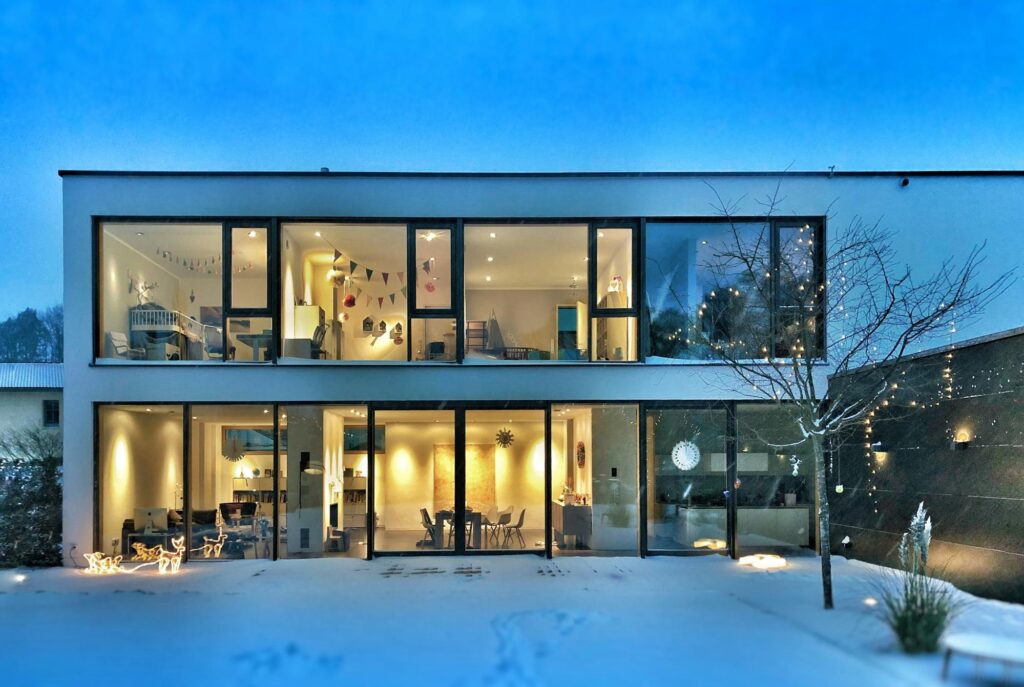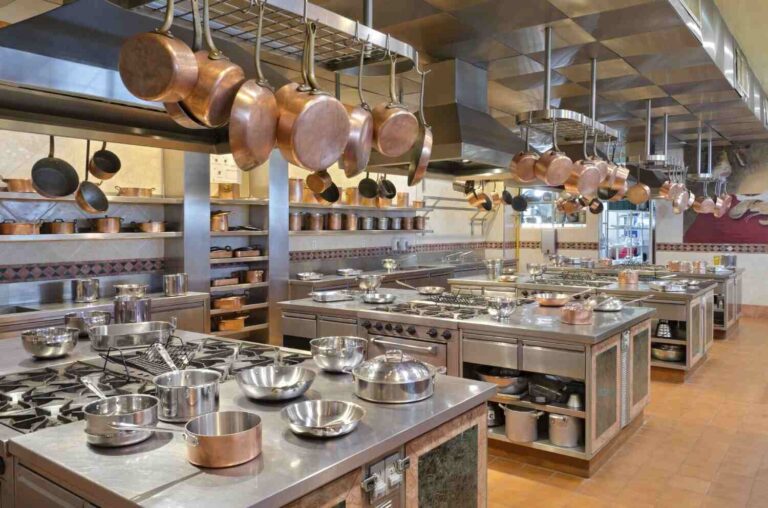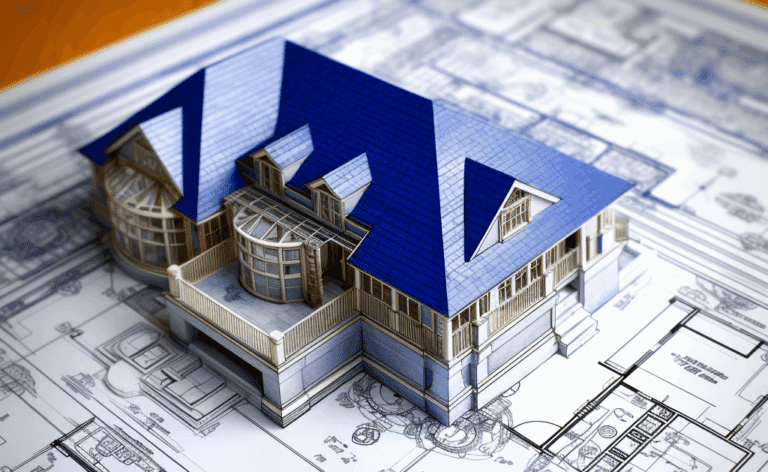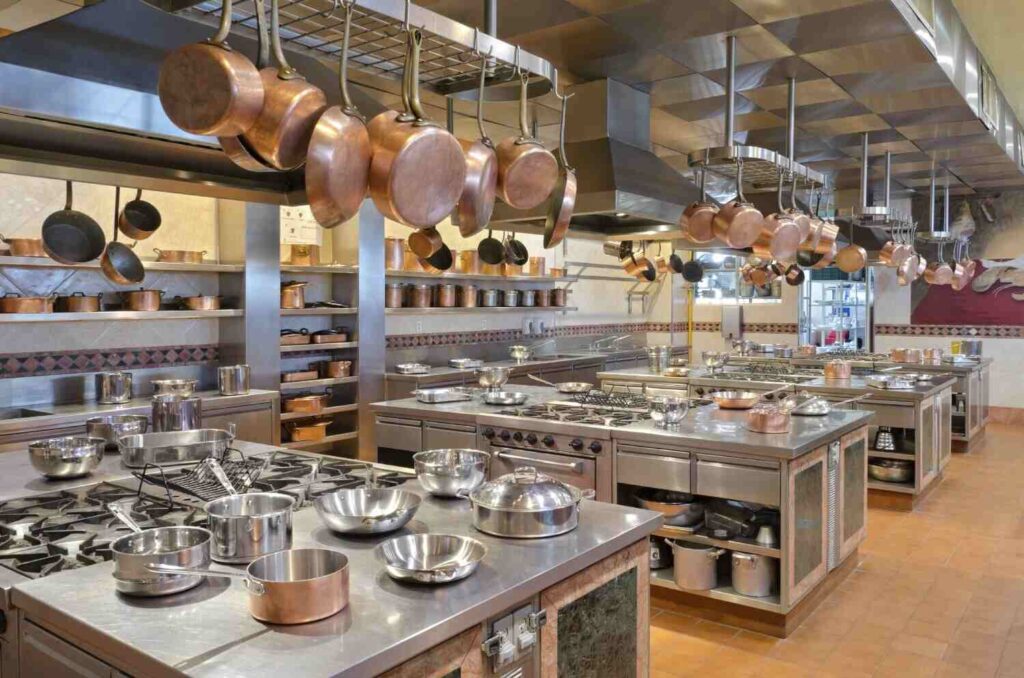Home flipping can seem like the golden ticket to financial freedom. Buy low, fix it up, and sell high. Sounds simple, right? But before tearing down walls and picking out hardwood floors, take a moment to consider what you may need to know to renovate a home for profit.
Set a Solid Budget
Budgeting is vital. It’s your lifeline. Calculate how much you’re willing to put into renovations. Prices can skyrocket unexpectedly. Protect your wallet by planning a buffer amount for unforeseen expenses. Go too thin, and you may find yourself in a financial freefall.
Always prepare for price volatility, especially in construction materials. What might be reasonably priced today can become expensive tomorrow due to supply chain disruptions or global economic changes. By keeping an eye on these factors and setting aside 10-20% of your budget for contingencies, you can manage unexpected costs without straining your resources. Meticulous budgeting is your ally, not just an afterthought.
While focusing on smart spending, see where you can justify splurging versus saving. In some cases, cutting costs at the wrong juncture, like not replacing outdated plumbing, can lead to costly post-flip repairs. Balance affordable decisions with quality. Remember that perceived quality by future homeowners can influence their purchase decisions.
When investing in areas such as the kitchen, consider opting for custom kitchen cabinets. A tailored design can enhance functionality and style, appealing to potential buyers while offering durability that justifies the initial expense.
Focusing on Improvements That Matter
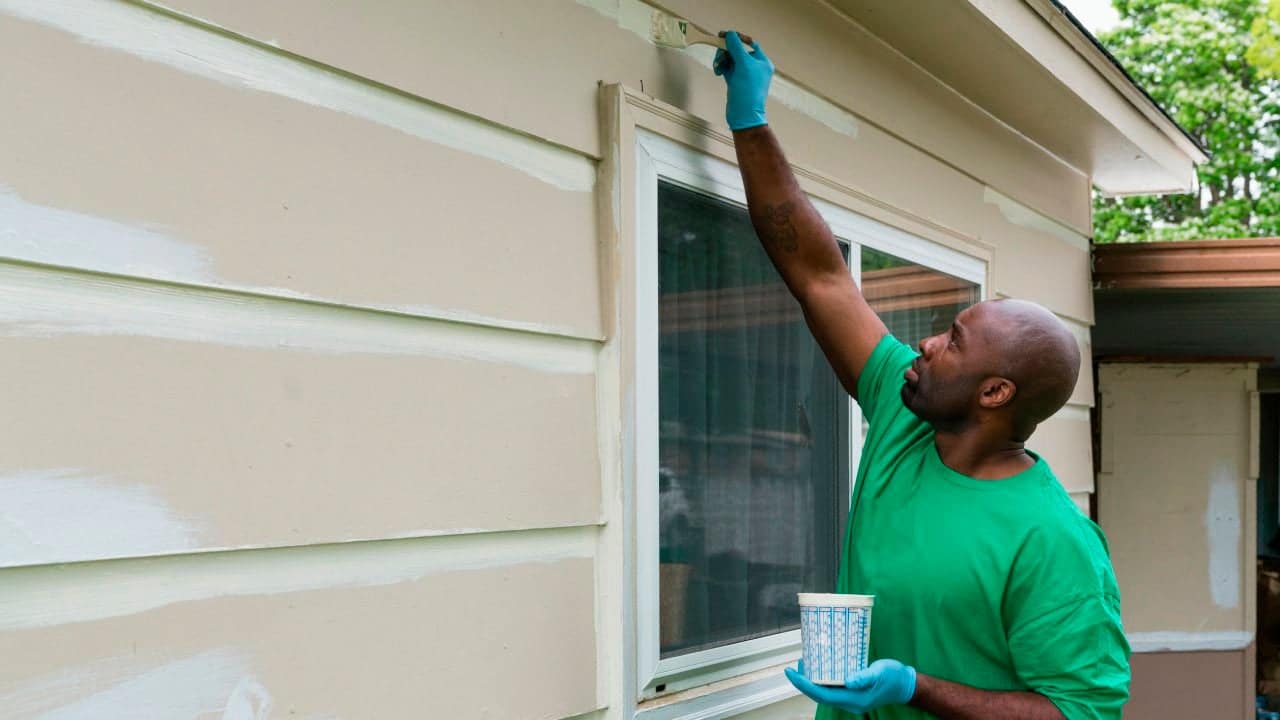
Not every improvement adds home value. Adding a luxurious spa might sound appealing, but does it guarantee a high ROI? Stick to high-impact areas like kitchens, bathrooms, and exterior curb appeal. Be strategic about your improvements.
First impressions also matter. Potential buyers might hesitate to even step inside if the property’s exterior looks shabby. Landscaping, siding, and front doors play a significant role in wooing potential purchasers.
Know the Local Market
Don’t just assume every city hotspot will turn a profit. Housing markets differ dramatically even from one neighborhood to the next. Understand your area’s average home prices. Are fixer-uppers turning profits here, or are they risky investments?
It’s also important to pay attention to market trends and forecasts. Are property values expected to rise, or is there any anticipation of a dip in property prices? Understanding these trends helps you make informed decisions. Moreover, speaking to local real estate agents can provide insights that aren’t always apparent from numbers alone. They might divulge details about upcoming developments that could affect your potential gain.
Not only should you rely on current data, but it’s also wise to visit numerous properties to grasp what’s on offer. Assess the condition, craftsmanship, and amenities of houses sold recently. This will grant you a clearer understanding of desirable features in your target market. Remember, aligning your renovation strategy with buyer expectations is imperative.
Analyze Potential Profit
Hopes and dreams aside, crunch the numbers. After expenses, is flipping worth the effort? Project your expected profits, and analyze if they meet or exceed your financial goals. If not, reconsider or revamp your strategy.
Consult with financial advisors or seasoned investors to cross-verify your calculations. Steer clear of overly optimistic projections; think pragmatically and consider worst-case scenarios. Financial clarity can provide peace of mind, ensuring your endeavor does justice to your hard work.
Time is Money
How long will the renovation take? Delays mean extra costs. Factor in paying for additional permits, increased labor costs, or ongoing utility bills. Every extra day chips away at your potential profits.
Weather conditions can also play a significant role in your timeline. A heavy rainy season might delay exterior work, while cold temperatures can affect tasks like painting. Understanding the local climate and planning tasks accordingly can help minimize weather-related delays. Seasonal fluctuations in labor availability, as workers might be busier during certain months, are another aspect to consider while estimating timelines.
It’s not just about waiting. Proper scheduling of tasks can save days, even weeks. Engaging electricians and plumbers concurrently, rather than sequentially, can shave off significant downtime. Check with contractors to maximize overlapping opportunities, streamlining processes without community noise complaints or enabling on-site conflicts.
Embrace the Unexpected
No renovation goes perfectly smooth, ever. Unexpected issues will arise, like discovering mold or outdated wiring. Be prepared. Anticipate setbacks, and tackle them head-on without derailing the whole project.
Zoning laws and permits can be your best friend or worst enemy. Are your renovation plans compliant? Ignoring these rules could halt your work or result in hefty fines. Research diligently to stay compliant!
You can’t do it all alone, and you shouldn’t try. Hiring experienced contractors will impact your project’s success. Vet them with caution. Low bids might hint at low quality or reliability. Choose wisely to ensure your home is flipped effectively.
Moving Forward
Home flipping requires more than a hammer and paintbrush. Understanding local markets, budgeting strategically, and preparing for the unexpected are all important. Navigate wisely, and your efforts could translate into handsome profits.


